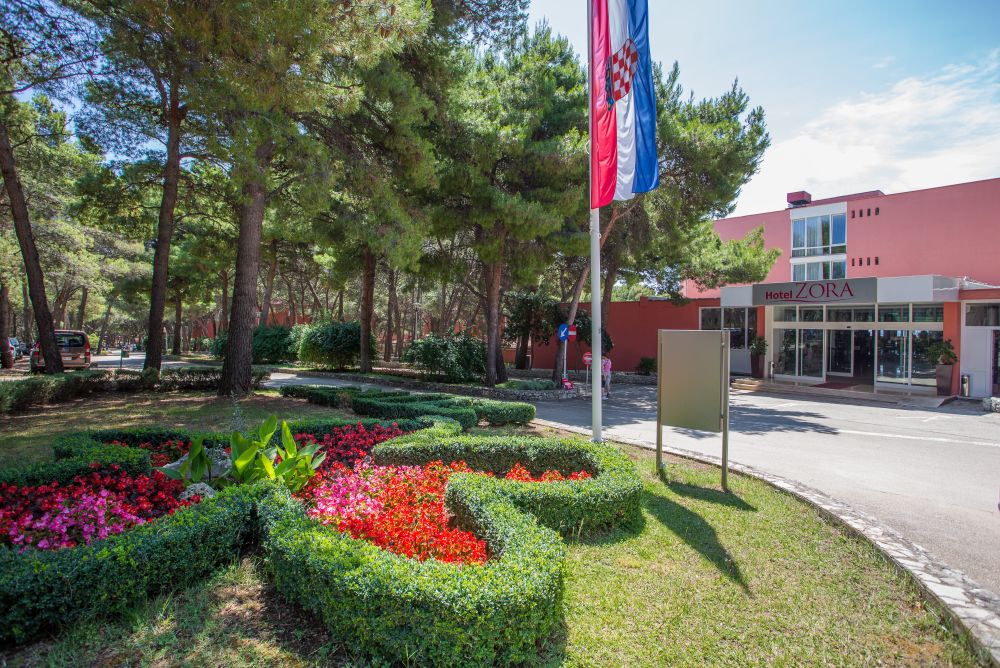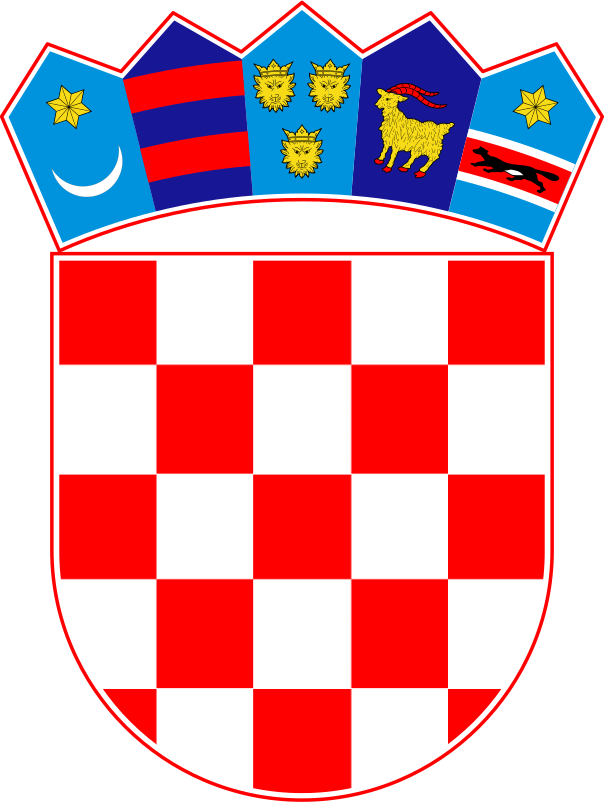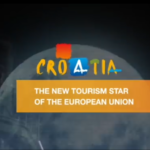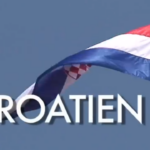 Adriatiq Hotel Zora – Primošten
Adriatiq Hotel Zora – Primošten
Raduča 11
22202 Primošten, Croatia
Phone: +385 22 570 048, 581 111;
Fax: + 385 22 571 120
HOTEL “ZORA” is situated on one of the numerous peninsulas, surrounded by lovely pebbly beaches followed by a path that goes for 800 meters through thick pine woods, with beautiful views at the old town of Primošten, only around 500 meters far away, and wonderful sunset view.
Hotel is located between the most beautiful and most important Croatian attractions; Split, Trogir, Šibenik all with monuments protected by UNESCO, National parks Krka and Kornati.
Rivers, hills and islands in surrounding are just perfect to satisfy everybody’s leisure expectations.
For more information, please visit the “Travel & Visa” menu.
 Croatia, officially the Republic of Croatia, is a sovereign state at the crossroads of Central Europe, Southeast Europe, and the Mediterranean. Its capital city is Zagreb, which forms one of the country’s primary subdivisions, along with its twenty counties. Croatia covers 56,594 square kilometres (21,851 square miles) and has diverse, mostly continental and Mediterranean climates. Croatia’s Adriatic Sea coast contains more than a thousand islands. The country’s population is 4.28 million, most of whom are Croats, with the most common religious denomination being Roman Catholicism.
Croatia, officially the Republic of Croatia, is a sovereign state at the crossroads of Central Europe, Southeast Europe, and the Mediterranean. Its capital city is Zagreb, which forms one of the country’s primary subdivisions, along with its twenty counties. Croatia covers 56,594 square kilometres (21,851 square miles) and has diverse, mostly continental and Mediterranean climates. Croatia’s Adriatic Sea coast contains more than a thousand islands. The country’s population is 4.28 million, most of whom are Croats, with the most common religious denomination being Roman Catholicism.
The Croats arrived in the area of present-day Croatia during the early part of the 7th century AD. They organised the state into two duchies by the 9th century. Tomislav became the first king by 925, elevating Croatia to the status of a kingdom. The Kingdom of Croatia retained its sovereignty for nearly two centuries, reaching its peak during the rule of Kings Petar Krešimir IV and Dmitar Zvonimir. Croatia entered a personal union with Hungary in 1102. In 1527, faced with Ottoman conquest, the Croatian Parliament elected Ferdinand I of the House of Habsburg to the Croatian throne. In 1918, after World War I, Croatia was included in the unrecognized State of Slovenes, Croats and Serbs which seceded from Austria-Hungary and merged into the Kingdom of Yugoslavia. The fascist Croatian puppet state backed by the Fascist Italy and Nazi Germany existed during World War II. After the war, Croatia became a founding member and a federal constituent of Socialist Federal Republic of Yugoslavia, a constitutionally socialist state. On 25 June 1991 Croatia declared independence, which came wholly into effect on 8 October of the same year. The Croatian War of Independence was fought successfully during the four years following the declaration.
A unitary state, Croatia is a republic governed under a parliamentary system. The International Monetary Fund classified Croatia as an emerging and developing economy, and the World Bank identified it as a high-income economy. Croatia is a member of the European Union (EU), United Nations (UN), the Council of Europe, NATO, the World Trade Organization (WTO) and a founding member of the Union for the Mediterranean.
The service sector dominates Croatia’s economy, followed by the industrial sector and agriculture. Tourism is a significant source of revenue during the summer, with Croatia ranked the 18th most popular tourist destination in the world. The state controls a part of the economy, with substantial government expenditure. The European Union is Croatia’s most important trading partner. Since 2000, the Croatian government constantly invests in infrastructure, especially transport routes and facilities along the Pan-European corridors. /Source: Wikipedia/
For facts and details see the official portal of Croatia, the CIA Factbook or the Wikipedia article about Croatia.



Click the pictures to see the movies on Croatia
Primošten is a town in Croatia, and a part of the Šibenik-Knin County. It is situated in the south, between the cities of Šibenik and Trogir, on the Adriatic coast. 97.03% of the citizens are Croats.
In the past, Primošten was situated on the islet close to the mainland. During the Turkish invasions in 1542 the islet was protected by the walls and towers and a draw bridge connected it to the mainland. When the Turks retreated, the draw bridge was replaced by the causeway and in 1564 the settlement was named Primošten after the Croatian verb primostiti (to span).
It is built on a hill and is dominated by the parish church of St. George which was built in 1485 and restored in 1760 close to the local graveyard from which a unique view spreads to the sea and the surroundings.
Primošten is famous for its huge and beautiful vineyards. A photo of the vineyards of Primošten hung in the UN center in New York. Apart from its vineyards, Primošten is also known for the traditional donkey race that takes place there every summer. The largest beach in Primošten is called Raduča, and its smaller part, Mala Raduča, is voted one of the 10 most beautiful beaches in Croatia. The area’s vineyards are currently under consideration to become a UNESCO World Heritage site. /Source: Wikipedia/